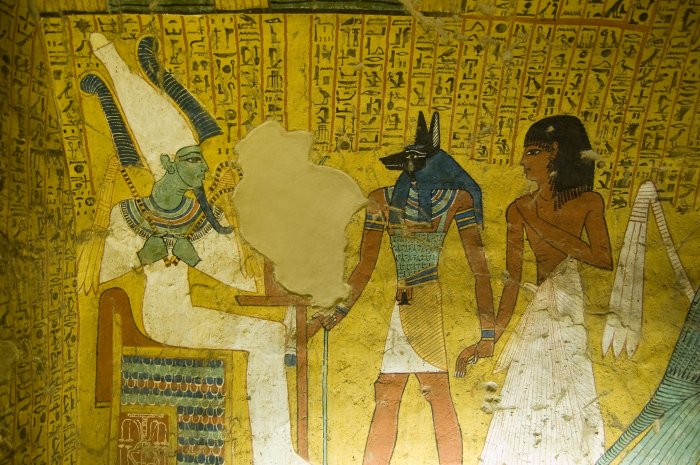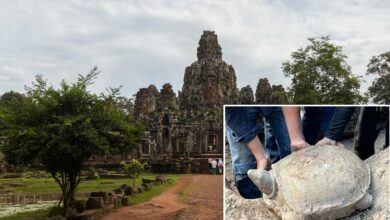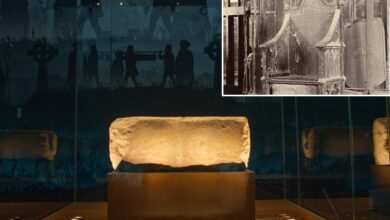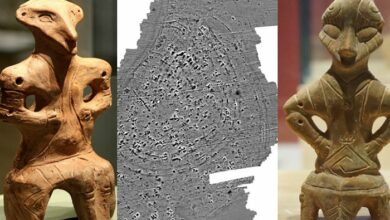Aaru – Field Of Reeds: Kingdom Of Osiris Was The Ancient Egyptian Paradise
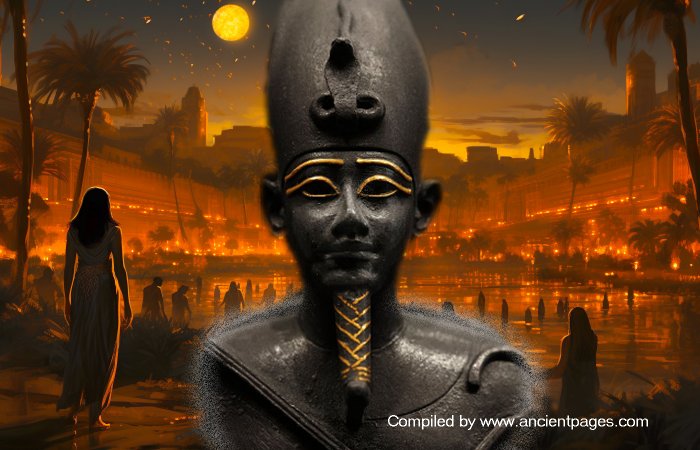
Ellen Lloyd – AncientPages.com – The ancient Egyptians held a deeply intricate and intriguing perspective on life after death. They did not perceive death as a final stop but as a gateway to another realm, a different kind of reality.
Given their immense amount of time and energy in preparing for this next phase, it is interesting to ponder their ideal version of paradise and where they believed their souls would journey. It is also crucial to note that not everyone was granted access to the Egyptian paradise.
Aaru was the Egyptian paradise.
How Did Ancient Egyptians Prepare For The Afterlife?
The arrangements for the afterlife depended on a person’s social status and wealth. The magnificent ancient Egyptian tombs, excavated by archaeologists and admired by tourists, were the property of the societal elite. Only a small fraction of individuals within ancient Egyptian society possessed the financial means to be interred in lavishly adorned tombs filled with valuable burial artifacts. While funerary customs evolved, the significance attributed to the physical body and its preservation has its roots in Egypt’s Predynastic period (c. 6000 – 3150 B.C.).
Ancient Egyptians believed the journey to the afterlife was dangerous and spells could protect the dead from hostile forces.
The subject of ancient Egyptian’s view of life and death is complex, but it is vital to remember in the power of the spiritual life and soul. “The ancient Egyptians associated the Ankh with the soul’s spiritual life, which most do not even think about daily.” 1
Special attention was also given to the three parts of the soul: Ba, Ka, and Akh. “The “akh” was the transformed spirit that survived death and could come into contact with the living and associated with the gods.
“Ba,“ imagined as a bird with a human head hovering over the mummy, symbolizing a person’s personality traits. When death occurred, Ba separated from the body, and during the day, it wandered in the sky; at night, it returned to the grave and the mummy. “Ba” was a part of the soul that moved between the living and dead worlds. 2
Ka survived the body’s death and could reside in an image or statue of a person.” It was bound to the body and represented its vital (hyper-powerful physical forces). Ka exists forever. So ‘to go to it is synonymous with ‘to die’ (or ‘to be resurrected).
The “ka” (life force of the individual) was mainly a person’s double with physical needs that did not cease after death. Ka survived the body’s death and could reside in an image or statue of a person.” It was bound to the body and represented its vital (hyper-powerful physical forces). Ka exists forever. So that ‘to go to it is synonymous with ‘to die’ (or ‘to be resurrected).3
Where Was Aauru – The Field Of Reeds?
The location of the Egyptian paradise Aaru is a mystery. In ancient Egyptian mythology, Sekhet-Aaru, also known as “Field of Reeds” or Aaru (“rushes”), is the heavenly dwelling place of the god Osiris.
This happened after Osiris joined the pantheon, effectively replacing the god Anubis in the Ogdoad tradition.
Some clues to the location of Aauru can be found in the Pyramid Texts that “represent the oldest known collection of ancient Egyptian hieroglyphic inscriptions containing religious texts, elaborate spells (or utterances), hymns, prayers, thousands of lines of fragments of myths and legends, references to mortuary and funerary rites, historical events, festivals.” 4
Ancient Egyptian tomb painting of Osiris, Anubis and, and a young woman. Credit: Adobe Stock – BasPhoto
According to the Pyramid Texts, “the abode of the blessed was situated away beyond a large expanse of water, and at one time the Egyptians believed that it could only be reached by means of a boat, or by the personal help of the gods who were thought to transport their favorites thither. Thus we find that more than one view existed as to the position of heaven, some thinking that it could be reached by a ladder set up on the earth, and others that the only sure means of reaching it was a boat. According to another view the abode of the gods was situated among flames of fire, through which Horus led the deceased.” 5
The Aaru from Egyptian mythology is frequently compared to the Elysian Fields from Greek mythology.
However, the Elysian Fields of the Egyptians were not fields but “islands, intersected by canals filled with running water, which caused them to be always green and fertile. On these grew luxuriant crops of wheat and barley, the like of which were unknown to earth.” 5
Chapter five of the Book of the Dead portrays Aaru as an infinite expanse of reed fields, forming a chain of limitless islands that mirror those that once existed in the Nile Delta.
The “Weighing Of The Heart” Ceremony And Goddess Maat
Upon a person’s death, Anubis, the ancient Egyptian deity, would guide their soul to the entrance of the Hall of Ma’at or ‘Hall of the Two Truths.’ It was essentially a courtroom where it was decided whether the individual was worthy enough to enter Aaru, the Field of Reeds, for eternal blessings.
Weighing of the Heart ceremony. Credit: Adobe Stock – francescodemarco
Maat, an Egyptian deity depicted in human form, was more than just a goddess – she represented a profound concept. She embodied the Harmony or Universal Law. If Maat was absent or if she departed, it signified a potential descent back into the initial chaos (Nu), signaling the apocalypse of the known world.
To gain entry into the sacred Hall of Ma’at, the deceased had to identify each panel of the door correctly. Once they accomplished this, they joined a queue of souls waiting for judgment. When their time came, they would approach the hall’s center and stand before Maat and Osiris, who had twenty-one judges on each side.
Following their denial or confession, their heart was weighed against Maat’s feather as a final test.
During the “Weighing of the Heart” ceremony, the feather’s lightweight was used as a counterweight to the human heart, which was believed to be – the cornerstone of the soul. 6
Only those souls perfectly balanced with the weight of a feather were granted the opportunity to embark on the dangerous journey toward Aaru. According to the Egyptologist Toby Wilkinson “the pyramids were considered guiding beacons for the souls in Aaru. They could return to the land of the living, and at the same time, they were seen as a stairway that guides dead souls to the stars.” 7
Gates Guarded By Demons With Knives
Those destined for Aaru were required to traverse through a series of gates. Each gate was protected by demons armed with knives.
Those who successfully navigated the arduous journey and overcame the trials arrived at Aaru, the kingdom of Osiris. Here, they were promised a state of perpetual happiness and tranquility.
Written by – Ellen Lloyd – AncientPages.com
Copyright © AncientPages.com All rights reserved. This material may not be published, broadcast, rewritten or redistributed in whole or part without the express written permission of AncientPages.com
Expand for references


